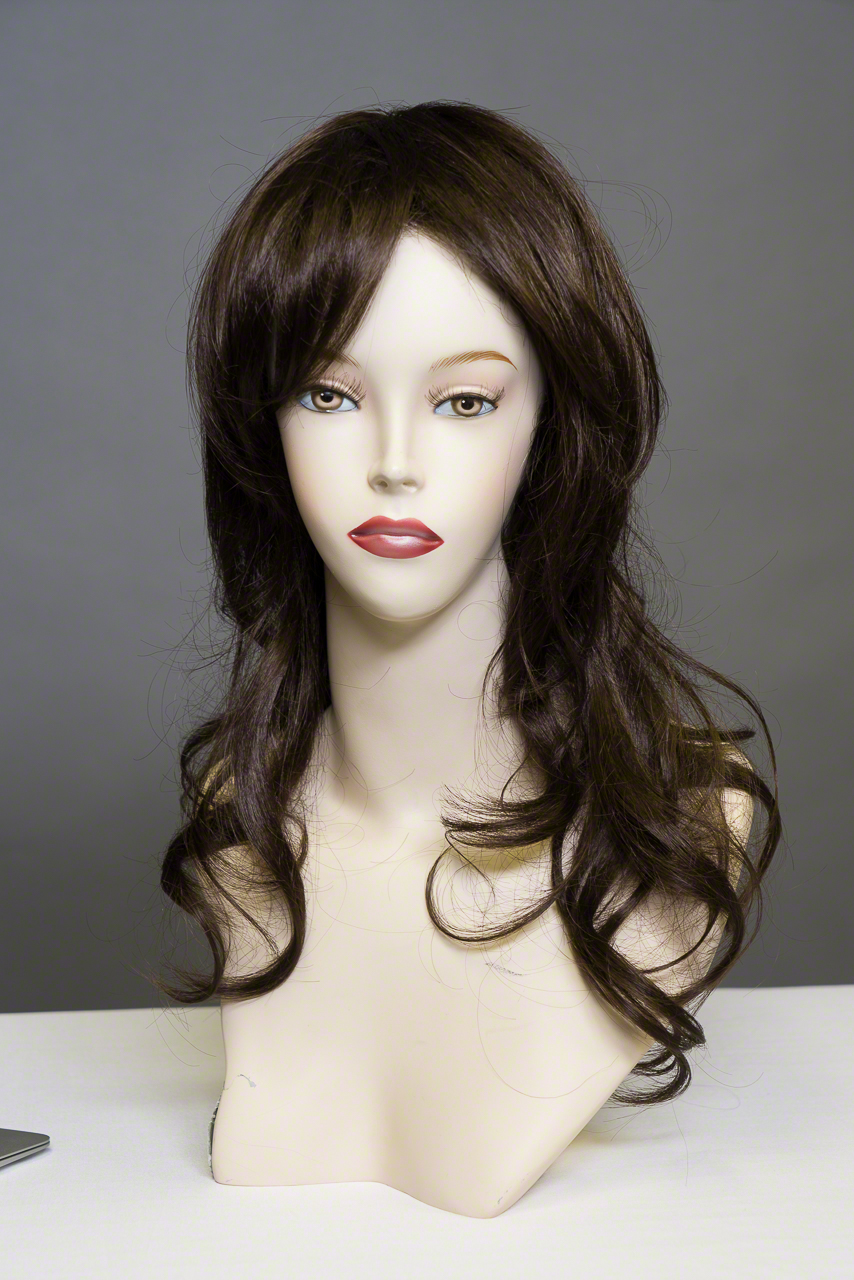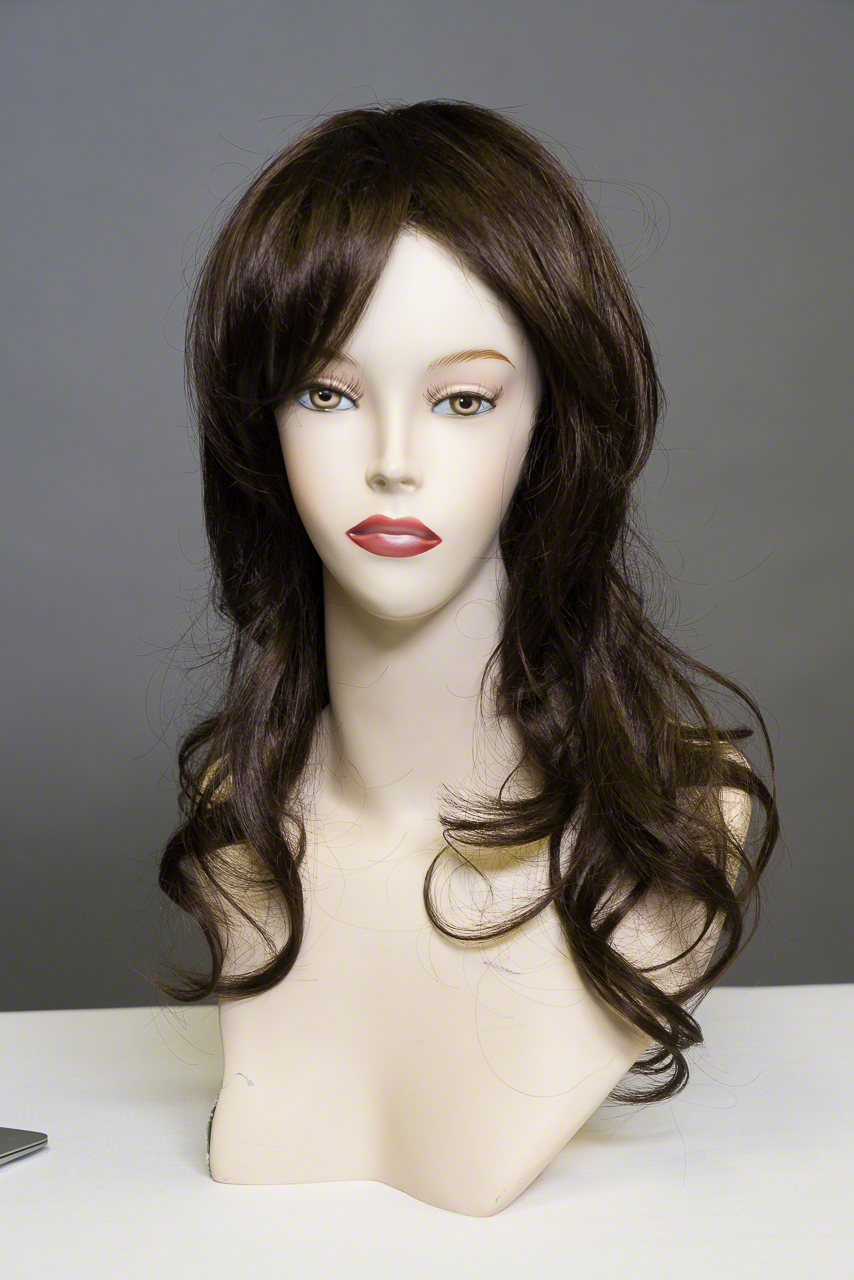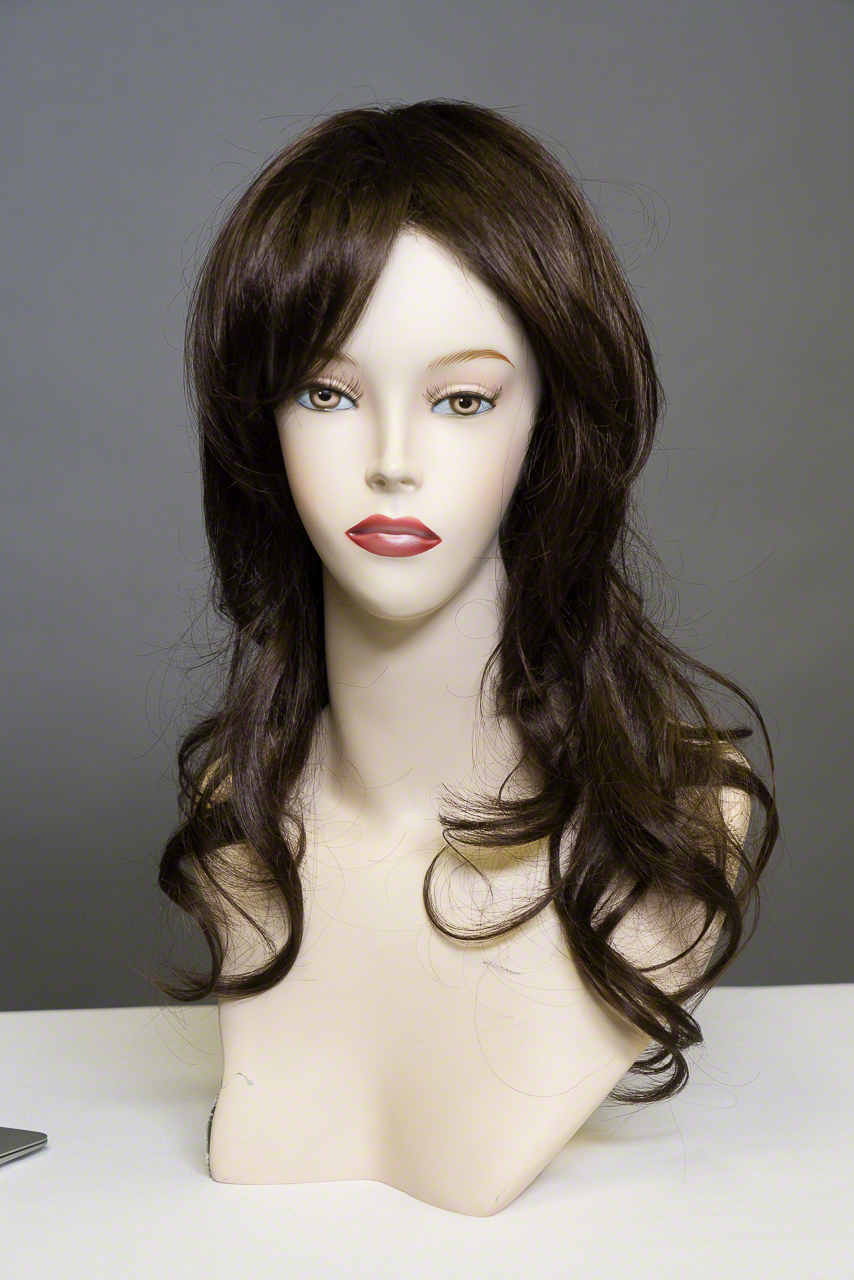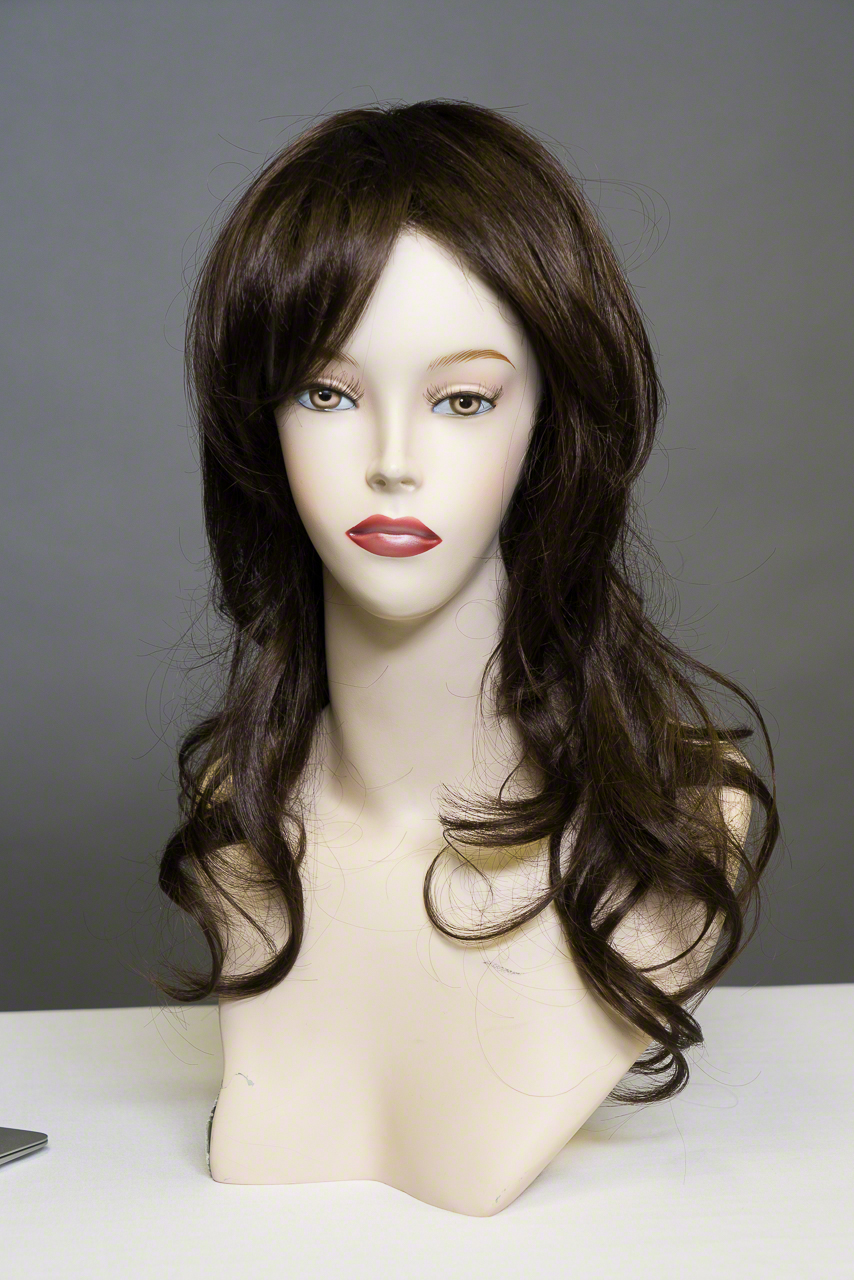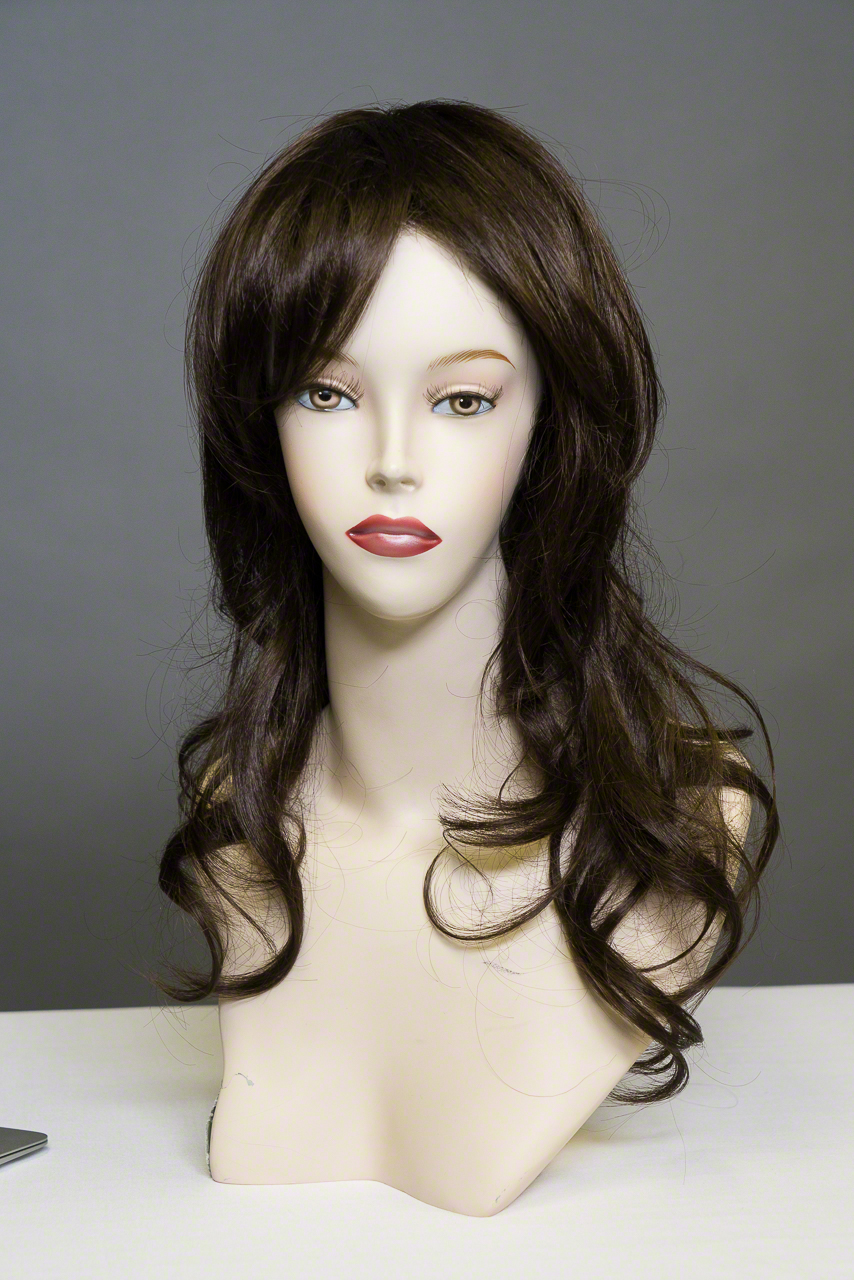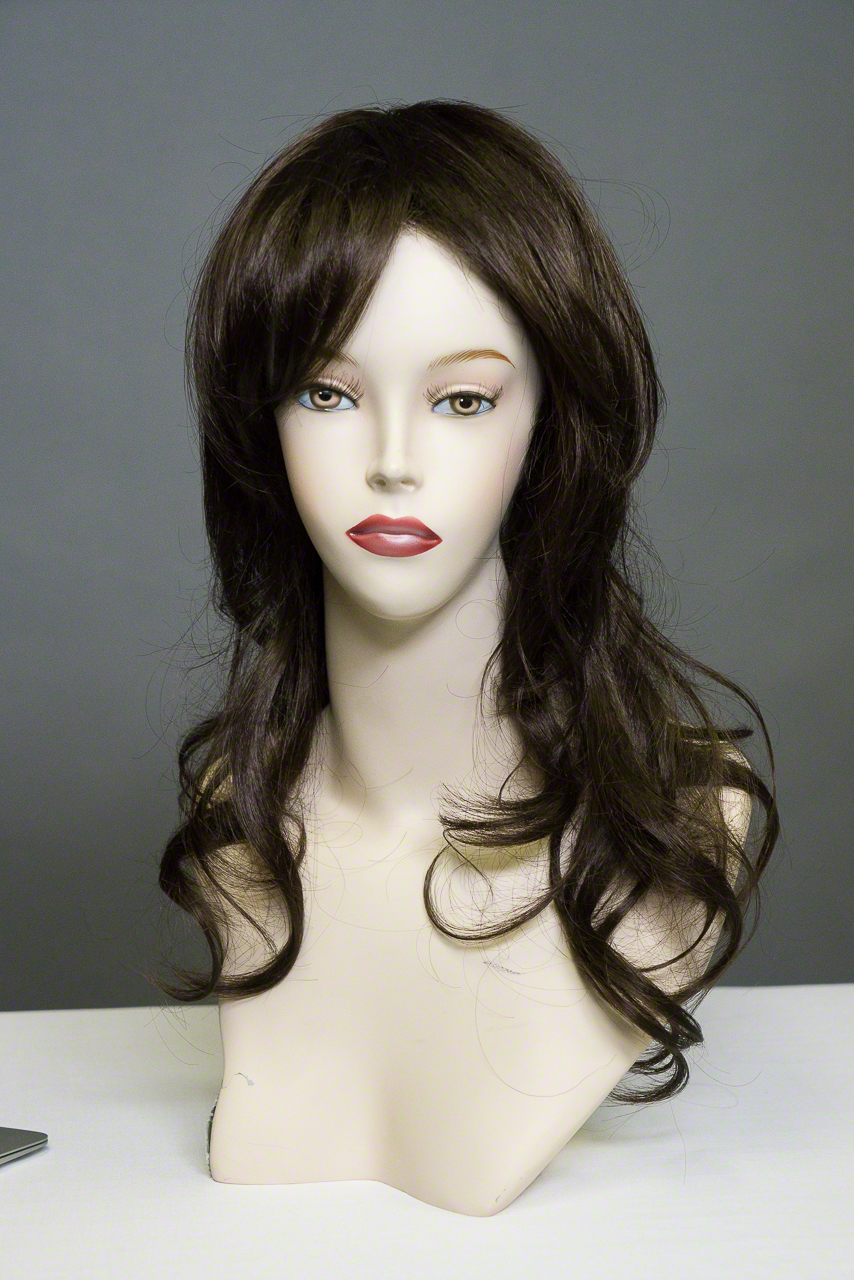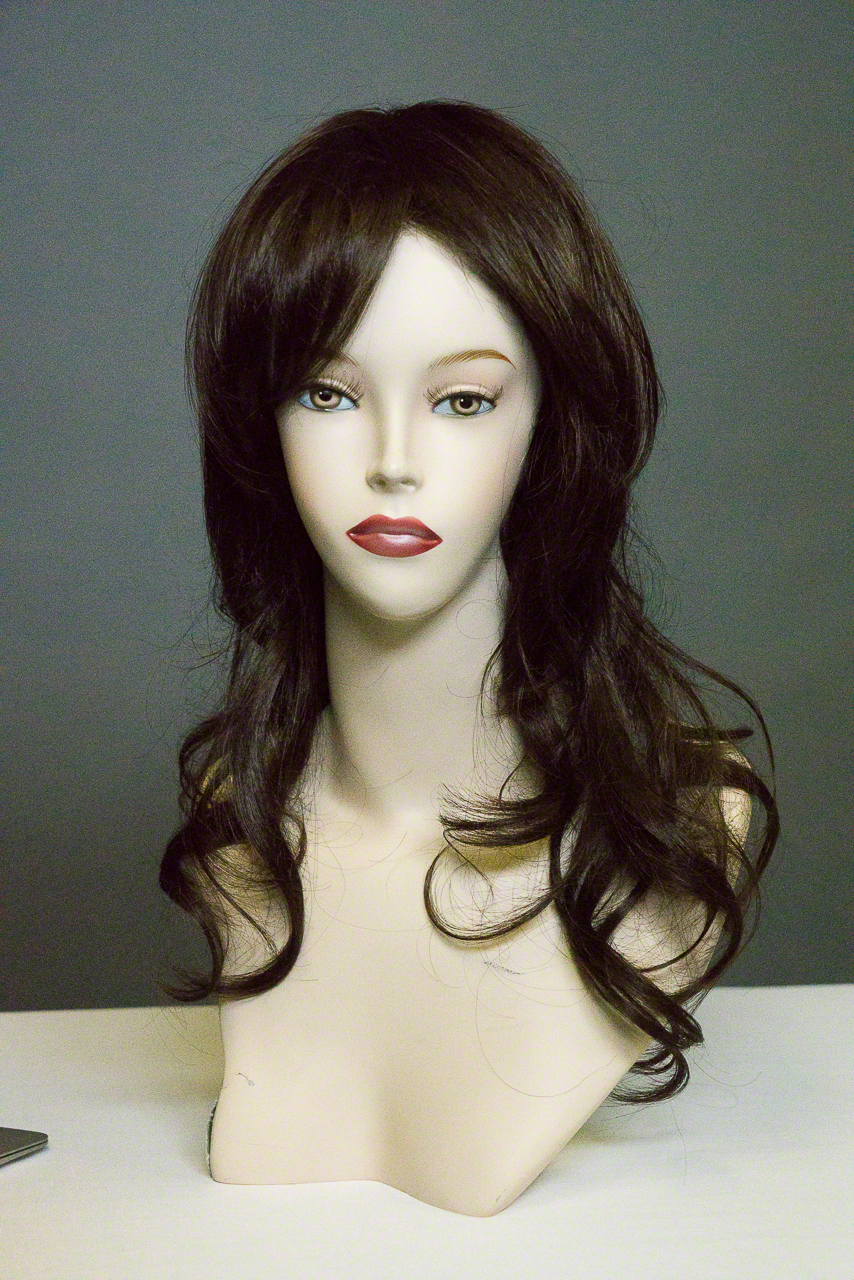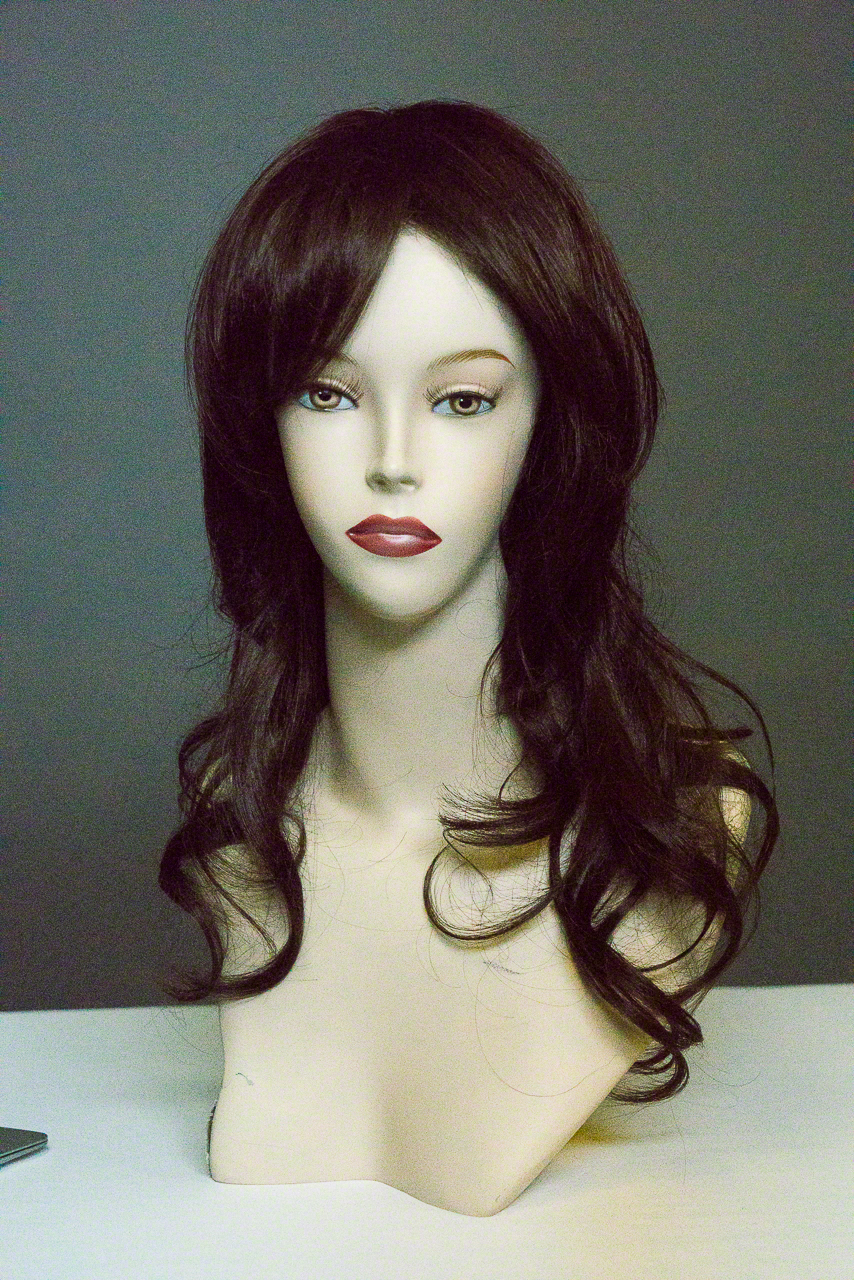QUICK LOOK : Sony a7R II
/With thanks to Bryan Weiss of Daytripper Photo, I got a short time hands-on with a variety of Sony products. Bryan in making a short film and Sony provided him a stack of gear to use and he has allowed me to do a quick look during his period of use. The camera I was most excited to try out is the new a7R II
a7R II
The physical camera body is relatively small, similar to a Nikon D5XXX series but the construction is wholly different. The body is built from magnesium and feels Iron Man tough. It has a 42 megapixel CMOS sensor and for the first time this is a back side illuminated sensor. That means better quality images at standard resolutions, and more importantly means that its phase detect autofocus (399 focus points!) is very fast. There are 25 contrast detect based AF points. Other sites that have tested the camera using lens adapters report that the AF if still fast with non-SONY glass. This is very important in my mind because many existing pros have substantial investments in glass and there may not be the range of comparable products in native SONY mounts as yet. This is a full frame sensor camera and leverages the SONY FE mount although regular E mount lenses can be used without full frame coverage.
Firmware 2.0
If you already own an a7R II, you want to go get the new 2.0 firmware for it. Most important to me was the capability to now have 14 bit uncompressed RAW files. Why RAWs were being compressed in the first place made no sense, but good on Sony's part for getting uncompressed out reasonably quickly. The uncompressed ARW files are not tiny, with my night shot samples weighing in at over 80mb per image on average. I don't care about file size. My Mac Pro is fairly quick and the current iteration of Lightroom CC 2015.3 has picked up its performance socks so the import went very smoothly.
Video
Video support is superb, as would be expected from a company like SONY that really understands video. The camera shoots 4K in XAVC S 4K at 24fps or 30fps with a data flow rate selectable of either 100Mbps or 60Mbps. If you want a higher frame rate, drop to 2K (FullHD) with dataflow rates of 50Mbps at any of 24p, 30p, 60p, or 120p. The camera also supports the very common AVCHD codec at 24p at either 17Mbps or 24Mbps, 60p at 28Mbps, or 60i at either 17Mbps or 24Mbps. The camera also supports the lowest common denominator format of MP4 with FullHD at 30p at 16Mbps, or 60p at 28Mbps or HD 30p720 at 6Mbps. With the new 2.0 firmware that I applied when I received the camera, SONY now provides an onscreen warning to be using UHS-1 capable cards at minimum if using XAVC S video. Very good to see, but check the card specs directly, 100Mbps cards are NOT common and are not cheap. Don't set the high data rate if your cards cannot keep up. This is serious video and needs serious storage. There is of course direct HDMI to run into an external recorder. I used the HDMI out to my Atomos Shogun and was very pleased with the results and performance. The camera also supports a log gamma style for video known as S-Log2 but doesn't support S-Log3 as found in the a7S II
By the way, and this is annoying, even if you have cards with a UHS-1 or even UHS-3 throughput rating you are SOL on the high end video codecs if the cards are not at least 64GB in size. I get that 4K XAVC S files are huge, but to prevent someone from using 100Mbps 32GB cards is seriously customer hostile.
Buyers should remember that 4K consumes space at a very high rate, requires a more powerful computer for editing and still has more limited playback options. The quality is superb, but you will have to watch your footage closely as actors have become reluctant to shoot in front of 4K because EVERY flaw is revealed and there are some who would prefer that audiences not see that inconvenient truth. Personally I love 4K and while I do appear in my own videos, there's nothing that can help my face anyway so I don't worry about it.
The camera has built in microphones of course, but has a separate microphone input as well as a headphone jack. As you will hear in the short video clip, the in camera audio is surprisingly good.
Shooting
I like the camera very much. The menus are as good as any other out there, although still a bit confusing but are easy to read and there is an option for onscreen help. The tilt/swivel LCD is very bright and very sharp, although for studio video, I would still want to push to a reference monitor or a professional eyepiece. Working with the camera in a rig with the Shogun above is a very convenient mode. There is still the in-camera limit of a single clip being no more than 29:59 in length, but if you are shooting for story that shouldn't be an issue. The top deck is clear and not overly encumbered. There is a beefy mode dial that locks as well as a very precise exposure compensation dedicated dial that goes +-3 EV in 1/3 stop increments. There are front and rear rotary wheels for aperture and shutter speed and three programmable function buttons.
The camera includes a very good focus peaking function that is very handy and easy to use. There is 5 axis in body stabilization and the images made both handheld and tripod mounted using a variety of SONY / ZEISS FE mount lenses are excellent. I have a personal bias towards Zeiss glass having used it for decades and it is extremely hard to beat. In order to ensure that there are no exposure blowouts, the camera supports Zebra functionality so you know right away when you are out of range. This is extremely important for video when you are holding an aperture for depth of field and the light is changing significantly.
The a7R II is not perfect. The battery life would need to improve to reach the level of lousy. Any buyer will need to buy many extra batteries, particularly if shooting video is going to be important. I've spoken to Sony owners and this is a consistent complaint that arises without prompting.
One very minor thing that irked me, is that the positioning of the tripod mount is slightly forward on the base plate. I, like a great many photographers, use Arca Swiss style dovetail plates on my cameras and need them to mount the camera to my tripod heads. The positioning of the tripod mount pushes your plate beyond the front edge of the camera, screwing up your grip. I'm also not a fan of where the strap lugs are, so if I owned the camera, I would remove the D rings and use a strap that attaches to an Arca Swiss dovetail plate on the base. As this was a test, I used a spare plate for a larger camera and as consequence it covered the battery compartment cover. Given the lousy battery performance, this is a problem, so if a mount plate is required, you're going to want a small one.
I noted in the Firmware section that with v2.0 you can now save uncompressed RAW files. Since my test images all crossed over the 80mb line, and while that doesn't matter to me, there are folks who worry a lot about keeping large files. There is always the option to use Adobe's free DNG converter. This reduces the overall RAW file size by about 50%.
I also like to create a Camera Colour Profile with products that I test to ensure that I am showcasing them properly. I most often use the XRite ColorChecker Passport and software to do so or sometimes the Datacolor version. XRite's Dual Illuminant mode would not work even though the images were lined up properly, but I was able to make a CCP using a single DNG image. It made the usual minor enhancement to the images when applied to the first image in the roll and then synced to all in Lightroom.
Examples and Other Thoughts
I've included this short clip of 4K video shot at night. The quality is superb and even the extremely brightly lit areas that would normally cause all kinds of blooming, while overexposed, do not degrade the rest of the video. Audio from the built in microphones is quite a bit better than expected although being omnidirectional, they do tend to pick up everything.
I used two FE mount lenses for my short test period, the 24-70/2.8 and the 16-35/2.8. Both are very sharp and produce excellent results. While most of my testing revolved around video, the stills were also very nice with superb noise control even in night shots at high ISOs.
I missed the sunset on a test day, heading out a bit too late. I still made some quick images. The first one shows the RAW file straight OOC with a direct conversion to JPEG. It looks like the street did at the time. Not bad but in low light the noise is starting to show.
OOC AUTO ISO about 2500 1/60 f/4
The second shot is an edited version to show how much data is still captured in the Shadows even at this medium high ISO in very poor light. The image has been sharpened and noise reduction applied before exporting as a JPEG. Both JPEGs are 100% quality, 1280 pixels on the long side and 125 ppi.
Shadows lifted, luminance and saturation adjusted for blues, yellows and greens. The speckling in the sky is a common side effect of using Lightroom's HSL sliders in opposition when the light level is low. Still impressive how much brick detail was captured and revealed
ISO Performance Gallery
All images are straight out of camera, shot in 14 bit uncompressed RAW and imported to Lightroom. White balance was set using the white balance eyedropper on the ISO 50 image and the Camera Colour Profile from the ColorChecker Passport was applied. I used Lightroom's SYNC function to apply the same white balance and camera profile to all the images.
The images start at ISO 50 and increase by one stop each time with the final image being captured at ISO 102400. Overall, I would say that this high megapixel sensor does a pretty good job at managing noise considering how small each photoreceptor is. A colour shift is readily visible at ISO 12800 and continues to get worse as the ISO climbs. JPEGs are still usable at 25600 but things fall apart after that. So where cameras with larger photoreceptors like the Nikon Df or Canon 1Dx are perfectly usable at 25600, the a7R II doesn't have the same reach. It does however have significantly more data delivery at lower ISOs that will be a positive deliverable when printing.
Conclusions
The a7R II is a very nice product, although I would personally prefer better low light performance for stills than the camera delivers. For that, there is the a7S II with a much lower megapixel rating and much larger photoreceptors. I was very impressed by the quality of the 4K video, particularly shooting in really sh*tty light outdoors at night. I like that I can also push clean 4K out the HDMI port to an offboard recorder. I like that Sony makes it impossible to shoot XAVC S video on cards that cannot keep up from a bandwidth perspective, but I don't like the arbitrary nature of 64GB cards at the minimum. Cards are definitely dropping in price, but you still need to watch for sales to get UHS 3 64GB cards at a reasonable cost. The loaner was provided with extra batteries. I was used to other cameras, and went out for 2 hours without a spare, so that's my fault. However from full to dead in only 80 stills and less than 5 minutes of 4K video is really lousy battery life. I understand keeping the battery small to keep the camera small, but this is positioned as Pro gear and that level of battery life is just not customer winning. These are the same batteries used in some other Sony products. Given Sony's capability, they should have built a larger battery for the new A7 models, especially given the thrashing that they took for the battery life on the first generation units. I looked at the camera for video, not stills and while I love the 4K quality, including the ease of using the footage in my video editing suites (I used predominantly Final Cut Pro X for the test), the limited power deliverable would be a major pain even if all I was shooting with the camera was B roll. Reality says I would likely push the HDMI to the Shogun and also use the Shogun pigtail for microphone inputs. I was surprised at the quality of audio from the built-in microphones in the examples I shot, but I would still use an offboard recorder for better preamps and cleaner audio. There are less expensive 4K ILCs out there, but they aren't full frame with Super 35 native capability. At $4K for the a7R II body only, this is a substantial investment. A true 4K video camera with a dedicated Super 35 sensor will start in the $4000 ballpark, but you would be jumping a fair bit to a Sony FS7 at twice that, or a Black Magic Design URSA Mini with Finder at $5500 to beat the functionality of the a7R II in many shooting situations.
Specifications (Courtesy SONY Canada)
Lens
LENS MOUNT
E-mount
LENS COMPATIBILITY
Sony E-mount lenses
Sensor
SENSOR TYPE
35 mm
SENSOR
35 mm full frame (35.9 x 24.0 mm), Exmor™ R CMOS sensor
NUMBER OF PIXELS (EFFECTIVE)
42.4 MP
NUMBER OF PIXELS (TOTAL)
Approx. 43.6 megapixels
IMAGE SENSOR ASPECT RATIO
3:2
ANTI-DUST SYSTEM
Yes (Charge protection coating on optical filter and image sensor shift mechanism)
Recording (still images)
RECORDING FORMAT (STILL IMAGES)
JPEG (DCF Ver. 2.0, Exif Ver.2.3, MPF Baseline compliant), RAW (Sony ARW 2.3 format)
IMAGE SIZE (PIXELS), 3:2
35 mm full frame L: 7952 x 5304 (42M), M: 5168 x 3448 (18M), S: 3984 x 2656 (11M), APS-C L: 5168 x 3448 (18M), M: 3984 x 2656 (11M), S: 2592 x 1728 (4.5M)
IMAGE SIZE (PIXELS), 16:9
35 mm full frame L: 7952 x 4472 (36M), M: 5168 x 2912 (15M), S: 3984 x 2240 (8.9M), APS-C L: 5168 x 2912 (15M), M: 3984 x 2240 (8.9M), S: 2592 x 1456 (3.8M)
IMAGE SIZE (PIXELS), SWEEP PANORAMA
Standard: Horizontal 8192 x 1856 (15M), vertical 3872 x 2160 (8.4M), Wide: Horizontal 12416 x 1856 (23M), vertical 5536 x 2160 (12M)
IMAGE QUALITY MODES
RAW, RAW & JPEG, JPEG Extra fine, JPEG Fine, JPEG Standard
RAW OUTPUT
14 bit
UNCOMPRESSED RAW
Yes
PICTURE EFFECT
13 modes: Posterization (Colour, B/W), Pop Colour, Retro Photo, Partial Colour (R, G, B, Y), High Contrast Monochrome, Toy Camera, Soft High-key, Soft Focus, HDR Painting, Rich-tone Monochrome, Miniature, Watercolour, Illustration
CREATIVE STYLE
Standard, Vivid, Neutral, Clear, Deep, Light, Portrait, Landscape, Sunset, Night Scene, Autumn Leaves, Black & White, Sepia (Contrast -3 to +3 steps, Saturation -3 to +3 steps, Sharpness -3 to +3 steps) (Style Box 1-6 also provided)
DYNAMIC RANGE FUNCTIONS
Off, Dynamic Range Optimizer (Auto/Level (1–5)), Auto High Dynamic Range (Auto Exposure Difference, Exposure Difference Level (1.0–6.0 EV, 1.0 EV step))
Recording (movie)
RECORDING FORMAT
XAVC S / AVCHD format Ver. 2.0 compliant / MP4
VIDEO COMPRESSION
XAVC S:MPEG-4 AVC/H.264, AVCHD: MPEG-4 AVC/H.264, MP4: MPEG-4 AVC/H.264
AUDIO RECORDING FORMAT
AVCHD: Dolby® Digital (AC-3) 2ch, Dolby® Digital Stereo Creator, MP4: MPEG-4 AAC-LC 2ch, XAVC S:LPCM 2ch
IMAGE SIZE (PIXELS), NTSC
[NTSC]: XAVC S 4K: 3840 x 2160 (30p/100 Mbps, 30p/60 Mbps, 24p/100 Mbps, 24p/60 Mbps), XAVC S HD: 1920 x 1080 (60p/50 Mbps, 30p/50 Mbps, 24p/50 Mbps), 1280 x 720 (120p/50 Mbps), AVCHD: 1920 x 1080 (60p/28 Mbps/PS, 60i/24 Mbps/FX, 60i/17 Mbps/FH, 24p/24 Mbps/FX, 24p/17 Mbps/FH), MP4: 1920 x 1080 (60p/28 Mbps, 30p/16 Mbps), 1280 x 720 (30p/6 Mbps), [PAL]: XAVC S 4K: 3840 x 2160 (25p/100 Mbps, 25p/60 Mbps), XAVC S HD: 1920 x 1080 (50p/50 Mbps, 25p/50 Mbps), 1280 x 720 (100p/50 Mbps), AVCHD: 1920 x 1080 (50p/28 Mbps/PS, 50i/24 Mbps/FX, 50i/17 Mbps/FH, 25p/24 Mbps/FX, 25p/17 Mbps/FH), MP4: 1920 x 1080 (50p/28 Mbps, 25p/16 Mbps), 1280 x 720 (25p/6 Mbps)
PICTURE PROFILE
Yes (Off/PP1-PP7) Parameters: Black level, Gamma (Movie, Still, Cine1-4, ITU709, ITU709 [800%], S-Log2), Black Gamma, Knee, Colour Mode, Saturation, Colour Phase, Colour Depth, Detail, Copy, Reset
MOVIE FUNCTIONS
Audio Level Display, Audio Rec Level, AF Tracking Sensitivity, AF Drive Speed, Auto Slow Shutter, HDMI info. Display (On/Off selectable), Time Code/User Bit, Picture Profile, Creative Style, Picture Effect, Rec Control, Dual Video Rec, Marker Setting, PAL/NTSC Selector
Storage Media
COMPATIBLE RECORDING MEDIA
Memory Stick PRO Duo™, Memory Stick PROHG Duo™, Memory Stick Micro (M2™), SD memory card, SDHC memory card (UHS-I compliant), SDXC memory card (UHS-I compliant), microSD memory card, microSDHC memory card, microSDXC memory card,
STORAGE MEDIA SLOT
Multi slot for Memory Stick™ Duo/SD memory card
Noise reduction
NOISE REDUCTION
High ISO NR: Normal/Low/Off selectable, Long exposure NR: On/Off, available at shutter speeds longer than 1 s
MULTI FRAME NR
Auto/ISO 100 to 102400
White balance
WHITE BALANCE MODES
Auto / Daylight / Shade / Cloudy / Incandescent / Fluorescent (Warm White, Cool White, Day White, Daylight) / Flash /Underwater/ Colour Temperature2500 to 9900K& color filterG7 to M7(57-step), A7 to B7(29-step)/ Custom
AWB MICRO ADJUSTMENT
G7 to M7 (57 steps), A7 to B7 (29 steps)
BRACKETING
3 frames, H/L selectable
Focus
FOCUS TYPE
Fast Hybrid AF(phase-detection AF/contrast-detection AF)
FOCUS POINT
35 mm full frame: 399 points (phase-detection AF) APS-C: 357 points (phase-detection AF) / 25 points (contrast-detection AF)
FOCUS SENSITIVITY RANGE
EV-2 to EV20 (ISO100 equivalent with F2.0 lens attached)
AF MODE
AF-A (Automatic AF), AF-S (Single-shot AF), AF-C (Continuous AF), DMF (Direct Manual Focus), Manual Focus
FOCUS AREA
Wide (399 points (phase-detection AF), 25 points (contrast-detection AF))/Zone/Centre/Flexible Spot (S/M/L)/Expand Flexible Spot/Lock-on AF (Wide/Zone/Centre/Flexible Spot (S/M/L)/Expand Flexible Spot)
OTHER FEATURES
AF illuminator (built-in, LED type, range: Approx. 0.30–3 m), AF ON, Focus lock; Eye-start AF and AF micro adjustment (both only available with optional LA-EA2 or LA-EA4 attached), Lock-on AF, Eye AF, Predictive control
AF ILLUMINATOR
Yes (with Built-in LED type)
AF ILLUMINATOR RANGE
Approx. 0.3m - approx. 3.0m (with FE 28-70mm F3.5-5.6 OSS attached)
Exposure
METERING TYPE
1200-zone evaluative metering
METERING SENSOR
Exmor™ R CMOS sensor
METERING SENSITIVITY
EV-3 to EV20 (at ISO100 equivalent with F2.0 lens attached)
METERING MODE
Multi-segment, Center-weighted, Spot
EXPOSURE MODES
AUTO (iAUTO, Superior Auto), Programmed AE (P), Aperture priority (A), Shutter-speed priority (S), Manual (M), Movie (Programmed AE [P]/Aperture priority [A]/Shutter-speed priority [S]/Manual [M]), Sweep Panorama, Scene Selection
SCENE SELECTION
Portrait, Landscape, Macro, Sports Action, Sunset, Night Portrait, Night Scene, Hand-held Twilight, Anti Motion Blur
EXPOSURE COMPENSATION
+/- 5.0EV (1/3 EV, 1/2 EV steps selectable) (with exposure compensation dial: +/- 3EV (1/3 EV or 1/2 EV steps))
AUTO (AE) BRACKETING
Bracket: Cont., Bracket: Single, 3/5/9 frames selectable. With 3 or 5 frames, in 1/3, 1/2, 2/3, 1.0, 2.0, or 3.0 EV increments, with 9 frames, in 1/3, 1/2, 2/3, or 1.0 EV increments.
AE LOCK
Can be disabled from the Menu., Locked when shutter button is pressed halfway. Available with AE lock button. (On/Off/Auto)
ISO SENSITIVITY
Still images: ISO 100–25600 (expandable to ISO 50–102400 for shooting still images), AUTO (ISO 100–6400, selectable lower limit and upper limit), Movies: ISO 100–25600 equivalent, AUTO (ISO 100–6400 equivalent, selectable lower limit and upper limit)
Viewfinder
VIEWFINDER TYPE
XGA OLED, 1.3 cm (0.5-type) electronic viewfinder (colour)
NUMBER OF DOTS
2,359,296 dots
BRIGHTNESS CONTROL (VIEWFINDER)
Auto/Manual (5 steps between -2 and +2)
COLOR TEMPERATURE CONTROL
Manual (5 steps)
FIELD COVERAGE
100%
MAGNIFICATION
Approx. 0.78 x (with 50 mm lens at infinity, -1 mstyle name="sup"-1/style)
DIOPTRE ADJUSTMENT
-4.0 to +3.0mstyle name="sup"-1/style
EYE POINT
Approx. 23 mm from the eyepiece lens, 18.5 mm from the eyepiece frame at -1 mstyle name="sup"-1/style(CIPA standard)
VIEWFINDER DISPLAY
Graphic Display, Display All Info., No Disp. Info., Digital Level Gauge, Histogram
REAL-TIME IMAGE ADJUSTMENT DISPLAY
On/Off
LCD Screen
SCREEN TYPE
7.5 cm (3.0-type) TFT drive
TOTAL NUMBER OF DOTS
1,228,800 dots
BRIGHTNESS CONTROL (LCD)
Manual (5 steps between -2 and +2), Sunny Weather mode
ADJUSTABLE ANGLE
Up by approx. 107 degrees, Down by approx. 41 degrees
DISPLAY SELECTER (FINDER/LCD)
Yes (Auto/Manual)
REAL-TIME IMAGE ADJUSTMENT DISPLAY (LCD)
On/Off
QUICK NAVI
Yes
PEAKING MF
Yes (Level setting: High/Mid/Low/Off, colour: White/Red/Yellow)
Other Features
FACE DETECTION
On / On (Regist. Faces) / Off, Face registration, Face selection (Max. number of detectable faces: 8)
CLEAR IMAGE ZOOM
Still / Movie: Approx. 2x
SMART ZOOM (STILL IMAGE)
35 mm full frame: M: Approx 1.5x, S: Approx 2x, APS-C: M: Approx 1.3x, S: approx 2x
DIGITAL ZOOM (STILL IMAGE)
Approx: 4x
DIGITAL ZOOM (MOVIE)
Approx: 4x
PLAYMEMORIES CAMERA APPS™
Yes
LENS COMPENSATION
Peripheral Shading, Chromatic Aberration, Distortion
IMAGE PROCESSOR
BIONZ X™
SMILE SHUTTER
Yes (selectable from 3 steps)
Shutter
SHUTTER TYPE
Electronically-controlled, vertical-traverse, focal-plane type
SHUTTER SPEED
Still images: 1/8000 to 30 s Bulb, Movies: 1/8000 to 1/4 (1/3 step), NTSC: Up to 1/60 in AUTO mode (up to 1/30 in Auto Slow Shutter mode), PAL: Up to 1/50 in AUTO mode (up to 1/25 in Auto Slow Shutter mode)
FLASH SYNC. SPEED
1/250 sec.
ELECTRONIC FRONT CURTAIN SHUTTER
Yes (ON/OFF)
SILENT SHOOTING
YES (ON/OFF)
Image Stabilization
STEADYSHOT
Image Sensor-Shift mechanism with 5-axis compensation (Compensation depends on lens specifications)
COMPENSATION EFFECT
4.5 steps (based on CIPA standard. Pitch/yaw shake only. With Sonnar T* FE 55mm F1.8 ZA lens mounted. Long exposure NR off.)
Flash
FLASH COMPENSATION
+/- 3.0 EV (switchable between 1/3 and 1/2 EV steps)
FLASH MODES
Flash off, Autoflash Fill-flash Slow Sync. Rear Sync. Red-eye reduction (on/off selectable) Wireless Hi-speed sync
EXTERNAL FLASH COMPATIBILITY
Sony α System Flash compatible with Multi Interface Shoe, attach the shoe adaptor for flash compatible with Auto-lock accessory shoe
WIRELESS CONTROL
Yes
FE LEVEL LOCK
Yes
Flash
FLASH CONTROL (WITH OPTIONAL EXTERNAL FLASH)
Pre-flash TTL
Drive
DRIVE MODES
Single shooting, Continuous shooting, Self-timer, Self-timer (Cont.), Bracketing (Cont., Single, White Balance, DRO)
SELF-TIMER
10 s delay/5 s delay/2 s delay/Continuous self-timer (3 frames after 10 s delay/5 frames after 10 s delay/3 frames after 5 s delay/5 frames after 5 s delay/3 frames after 2 s delay/5 frames after 2 s delay)/Bracketing self-timer (Off/2 s delay/5 s delay/10 s delay
SPEED (APPROX. MAX.)
Continuous shooting Hi: Max. 5fps, Continuous shooting Lo: Max. 2.5fps
NO. OF RECORDABLE FRAMES (APPROX.)
Continuous shooting Hi: 24 frames (JPEG Extra Fine L), 30 frames (JPEG Fine L), 37 frames (JPEG Standard L), 23 frames (RAW), 22 frames (RAW & JPEG), 9 frames (RAW [Uncompressed]), 9 frames (RAW [Uncompressed] & JPEG)
Playback
PLAYBACK MODES
Single (with or without shooting information, Y RGB histogram & highlight/shadow warning), 9/25-frame index view, Enlarged display mode (Maximum magnification L: 24.9x, M: 16.2x, S: 9.4x), Auto Review (10/5/2 s, off), Image orientation (Auto/Manual/Off selectable), Slideshow, Panorama scrolling, Folder selection (Still / Date / MP4 / AVCHD / XAVC S HD / XAVC S 4K), Forward/Rewind (movie), Delete, Protect
Interface
PC INTERFACE
Mass-storage, MTP, PC remote
NFC™
Yes (NFC Forum Type 3 Tag compatible, One-touch remote, One-touch sharing)
HD OUTPUT
HDMI micro connector (Type-D), BRAVIA® Sync (link menu), PhotoTV HD, 4K movie output, 4K still image playback
MULTI INTERFACE SHOE
Yes
INTERFACES
Headphone minijack, Microphone minijack, Multi/Micro USB Terminal, Multi Interface Shoe, Vertical Grip Connector
Audio
MICROPHONE
Built-in stereo microphone or XLR-K2M/ECM-XYST1M (sold separately)
SPEAKER
Built-in, monaural
COMPATIBLE STANDARDS
Exif Print, Print Image Matching III, DPOF setting
Custom function
CUSTOM FUNCTION TYPE
Custom key settings, Programmable setting
Power
SUPPLIED BATTERY
NP-FW50 Rechargeable Battery Pack
BATTERY LIFE (CIPA, STILL IMAGES)
Approx. 290 shots (viewfinder)/approx. 340 shots (LCD screen) (CIPA standard)
BATTERY LIFE (CIPA, MOVIES)
Actual1 : Approx. 50 min (Viewfinder) / Approx. 55 min (LCD monitor) (CIPA standard), Continuous1 : Approx. 95 min (Viewfinder) / Approx. 95 min (LCD monitor) (CIPA standard)
EXTERNAL POWER
AC Adaptor AC-PW20 (sold separately)
INTERNAL BATTERY CHARGE
Yes
Size & Weight
DIMENSIONS (W X H X D)
126.9 x 95.7 x 60.3 mm
WEIGHT
582 g (Body Only)/625 g (With battery and media)
Others
BODY MATERIAL
Magnesium alloy, High rigidity engineering plastic exterior
OPERATING TEMPERATURE
32°-104°F / 0-40°C
WiFi® & NFC
VIEW ON SMARTPHONE
Yes
VIEW ON TV
Yes
WIRELESS & NETWORK CAPABILITIES
NFC One-touch functionality, Wi-Fi
What's In The Box
- Power Cord
- Rechargeable Battery NP-FW50 X 2
- Cable Protector
- AC Adaptor AC-UD10
- Battery Charger BC-VW1
- Shoulder Strap
- Body Cap
- Accessory Shoe Cap
- Eyepiece Cup
- Micro USB Cable





